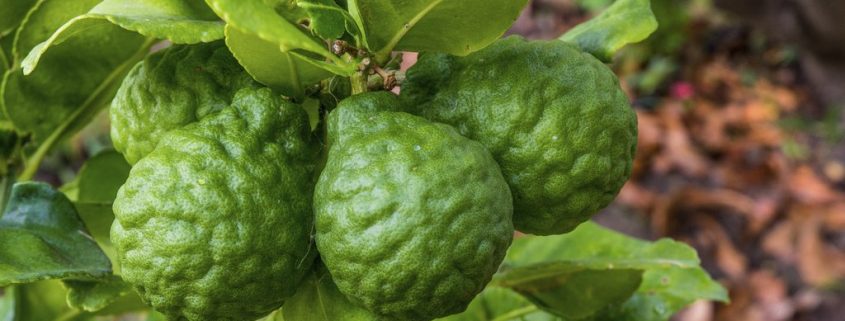Highly sought after, it is reserved for the most delicate palates and holds all its promises with subtlety.
Do you know bergamot? Mainly grown in Calabria since the 18th century, the bergamot tree is a tree belonging to the family of rutaceae that produces bergamot.
Very appreciated for its sweet and very fragrant essential oil, this fruit is particularly appreciated by the world of the restoration which incorporates it. in some preparations.
Tea lovers also know it well, since it reveals its aromas particularly well in hot water. Bergamot looks like a little orange. Its bark, which contains a lot of essential oil, changes from green to yellow as it matures. The pulp is pale yellow, not very juicy, acidic and bitter. The bergamot jam (the whole fruit is used: pulp and bark) first gives a feeling of candy.
It has a prodigious aromatic persistence of several minutes. It is a delight. In the kitchen, you can use the juice or zest of bergamot to enhance dishes of shellfish or seafood. It is also found in candied form in the typical tajine recipe. But more and more, we note its direct use in cooking, juice and / or zest, most commonly with crustaceans and seafood. Bergamot brings a fruity and identifiable fragrance that combines well with the iodized taste. Highly sought after, it is reserved for the most delicate palates, and holds all its promises with subtlety.



